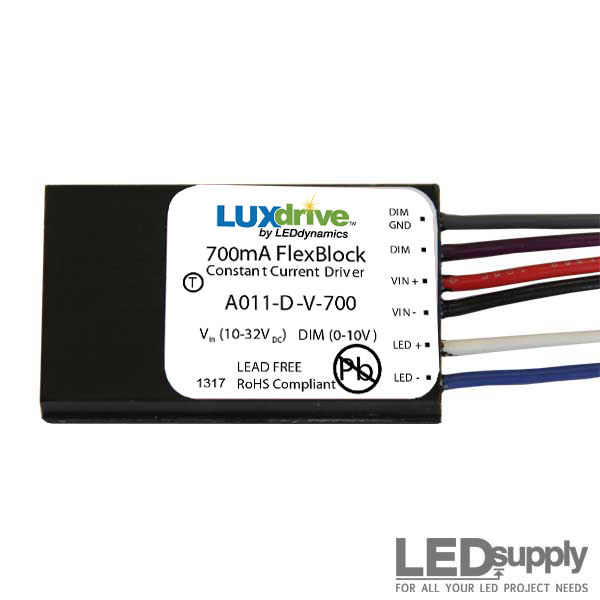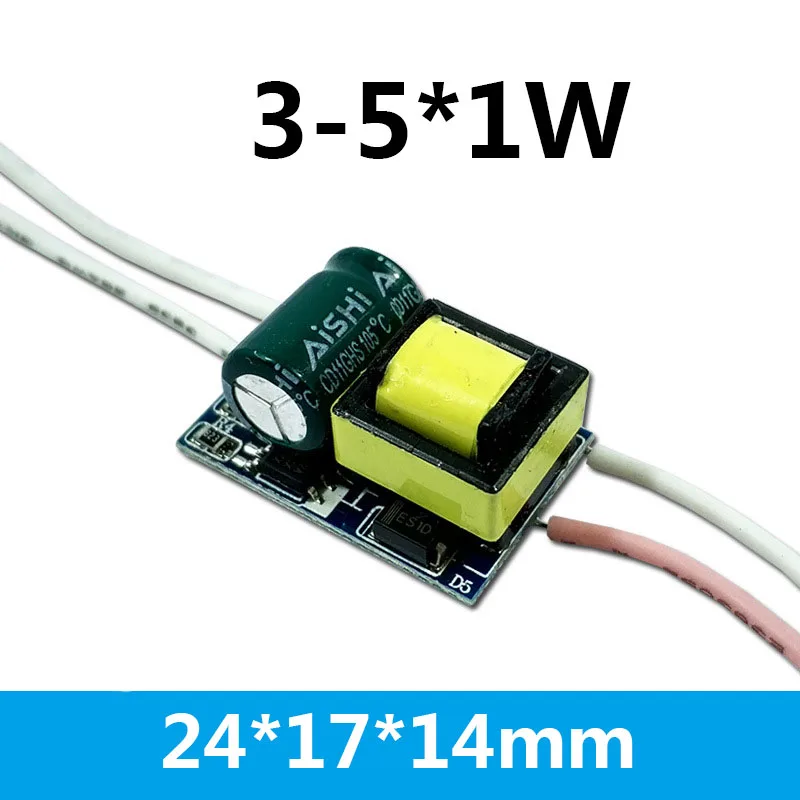
Without overvoltage protection, the LED sense resistor would see zero LED current and the control loop would work hard to increase its output. If an LED fails open or if the LED string is removed from the high power driver, the FB constant voltage loop takes over and regulates the output at 95V until a proper string is attached between LED + and LED –. This prevents current from running through the string of ground-connected LEDs-possible under certain input conditions. This switching frequency minimizes the size of the discrete components while maintaining high 97% efficiency, thus producing a less-than 50☌ discrete component temperature rise-far more manageable than the potential heat produced by the 83V string of 1.5A LEDs.Įven if PWM dimming is not required, the PWMOUT dimming MOSFET is useful for LED disconnect during shutdown.

The LT3756’s high power GATE driver switches two 100V MOSFETs at 250kHz. A 125W, 83V at 1.5A, 97% efficient boost LED driver for stadium lighting. The 125W LED driver in Figure 1 accepts a wide-range 40V–60V input taken from the output of a high power transformer.įigure 1. The LT3756 controller can drive up to 100V LED strings with its floating sense resistor inputs ISP and ISN. Lighting systems for stadiums, spotlights and billboards require huge strings of LEDs running at high power. 125W Boost LED Driver for Stadium Lights or Billboards This is a side benefit of the LT3756’s overvoltage protection feature, in which the current control loop is superceded by the FB voltage loop in the case of an open LED string, thus preventing the controller from a running up the voltage in an effort to maintain current. For applications with lower input voltage requirements, the 40V IN, 75V OUT LT3755 LED controller is a similar option to the LT3756.Īlthough it is typically used as an LED driver, the LT3756’s voltage FB pin provides a well-regulated output voltage if the constant current sense voltage is not used. The 16-pin IC is available in a tiny QFN (3mm × 3mm) and an MSE package, both thermally enhanced. The OPENLED pin informs of open or missing LEDs and the SYNC (LT3756-1) pin can be used to sync switching to an external clock. The soft-start feature prevents spiking inrush currents during start-up. Analog dimming is accurate and can be combined with PWM dimming for an extremely wide range of brightness control. Shutdown and undervoltage lockout, when combined with analog dimming derived from the input, provide the standard ON/OFF feature as well as a reduced LED current should the battery voltage drop to unacceptably low levels.

Excellent PWM dimming architecture produces high dimming ratios, up to 3000:1.Ī number of features protect the LEDs and surrounding components. Its 100V floating LED current sense inputs allow the LED string to float above ground, as shown in the buck mode and buck-boost mode topologies in this article. Its high power capability provides potentially hundreds of watts of steady-state LED power over a very wide input voltage range.

The LT3756 high voltage LED driver features a unique topological versatility that allows it to be used in boost, buck-boost mode, buck mode, SEPIC, flyback and other topologies. It would be far better to use a controller that can be applied to many solutions. This can be an expensive and time-consuming proposition. For LED lighting manufacturers and designers, applying a different LED driver for each application means stocking, testing and designing with a wide variety of LED controllers.
#LED DRIVER CONTROLLER CONSTANT CURRENT POWER HIGH VOLTAGE DRIVERS#
LED drivers must be able to handle wide ranging inputs, including the harsh transient voltage environment presented by automotive batteries, the wide voltage range of the Li-ion cells and wallwart voltages. The list of applications grows daily, including LCD television backlights and projection system bulbs, industrial and architectural lighting systems, automotive headlamps, taillights and indicator lights, computer monitors, street lights, billboards and even stadium lights.Īs the number of applications expands, so does the complexity of input requirements for the LED drivers. Strings of high power solid-state LEDs are replacing traditional lighting technologies in large area and high lumens light sources because of their high quality light output, unmatched durability, relatively low lifetime cost, constant-color dimming and energy efficiency. 100V Controller in 3mm × 3mm QFN or MSE Drives High Power LED Strings from Just About Any Input


 0 kommentar(er)
0 kommentar(er)
